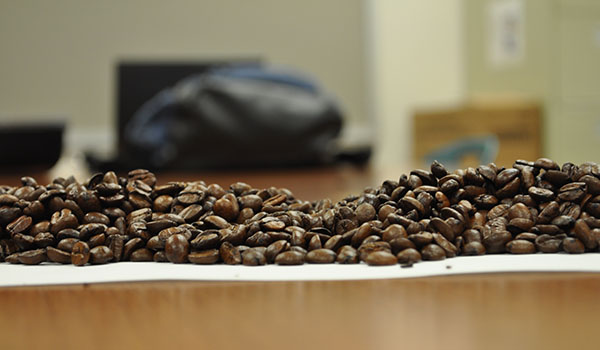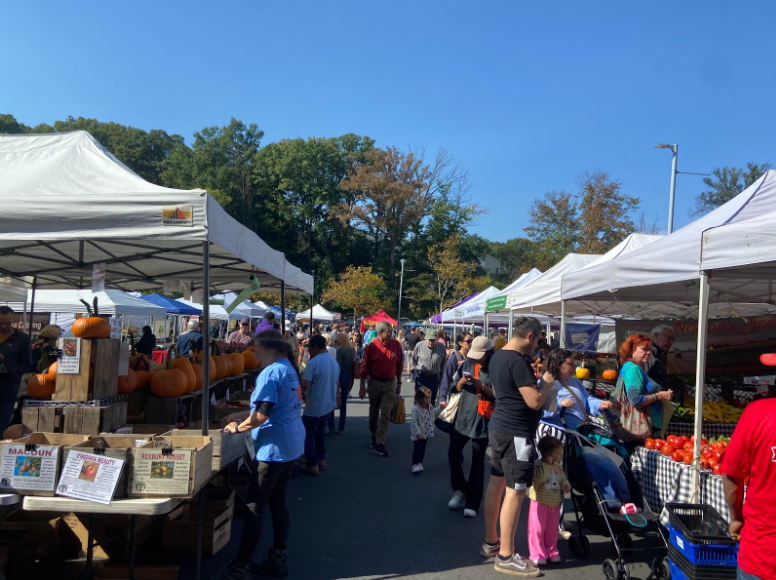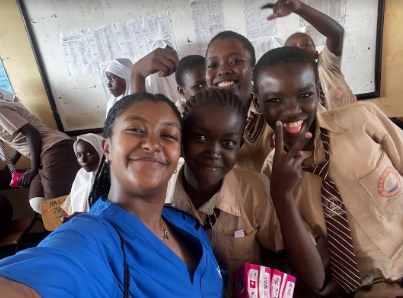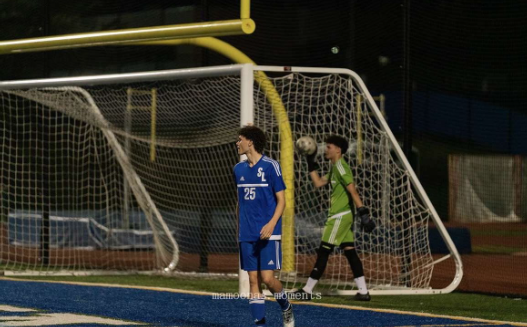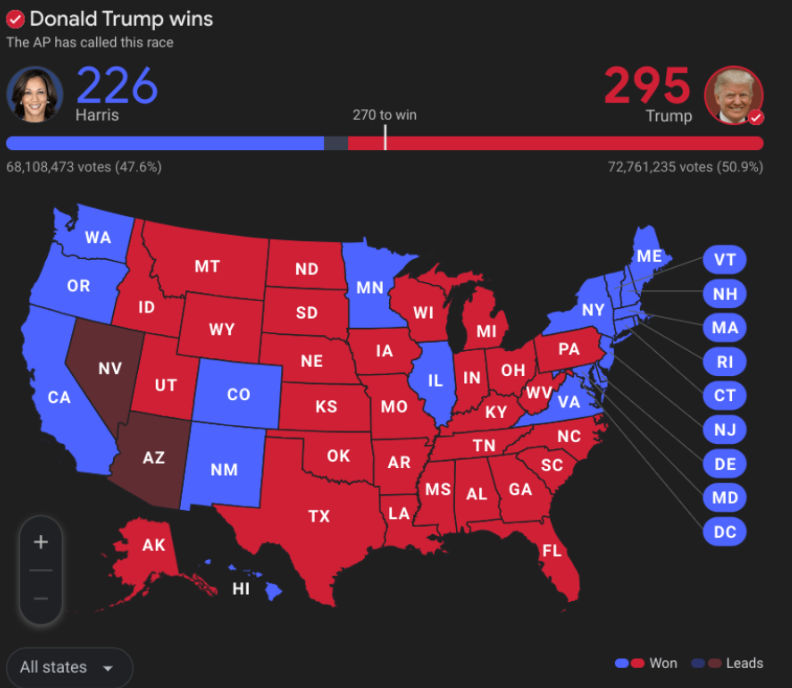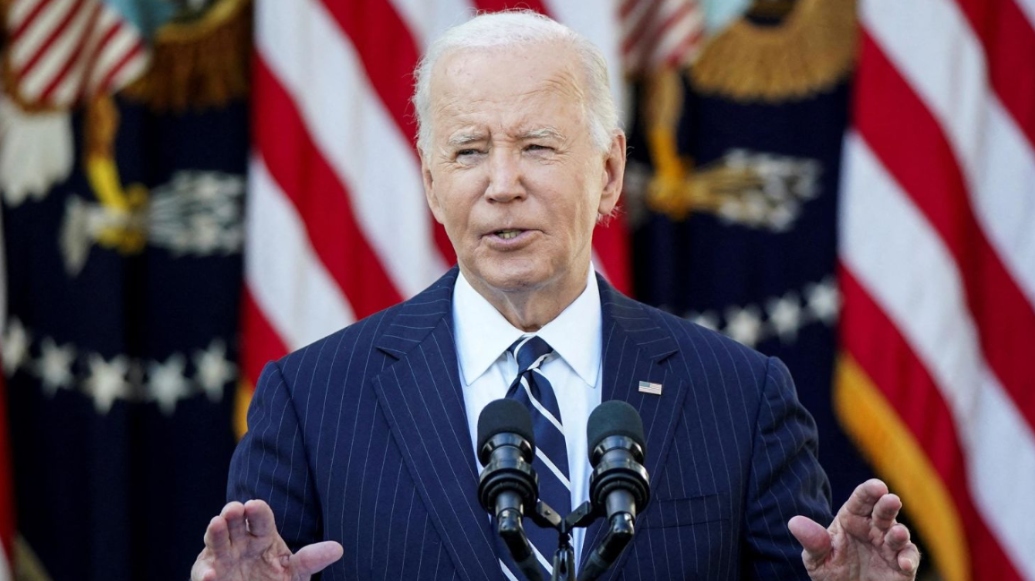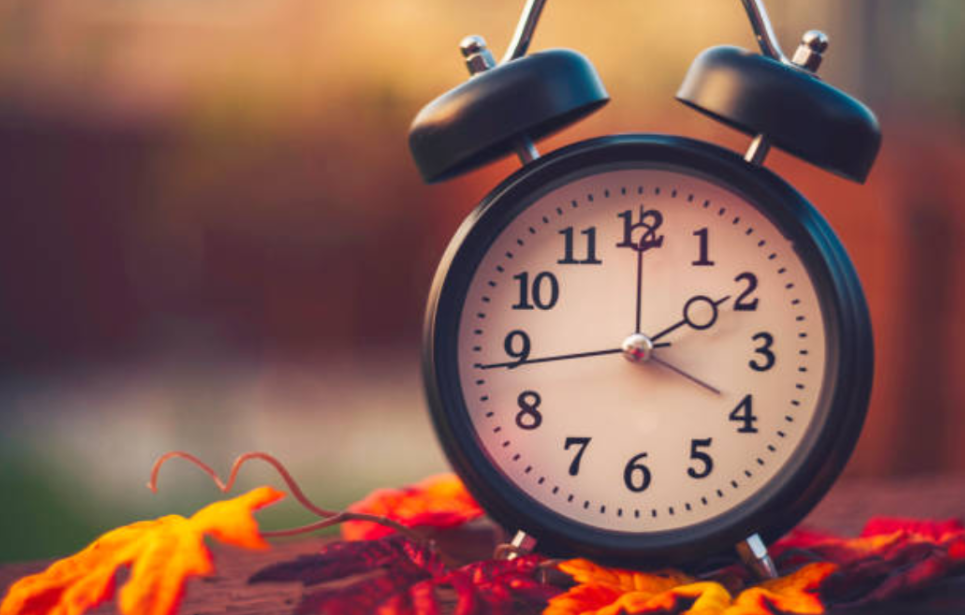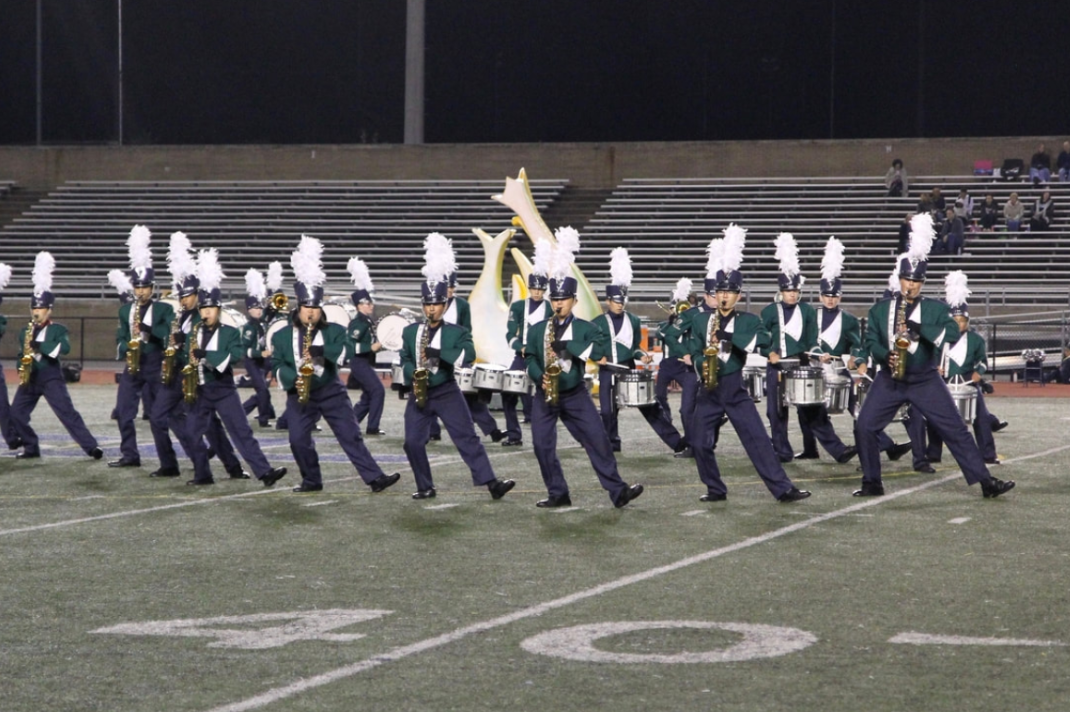“I once drank 100 cokes in nine days,” freshman Jarrod May said. “Coke is just the tastiest thing in the world.”
Seen by many Americans as a staple, caffeine is consumed worldwide by a large population of people of all ages.
According to PR daily, the worldwide average of caffeine consumption is around 76 mg per day. However, the average caffeine intake of an American is around 200 mg per day, more than double the worldwide average.
The fastest growing caffeine demographic is teens, ages 12-17.
One of the most popular forms of caffeine is coffee.
“I just really like the taste of coffee,” senior Conor McGeehin said. “I kind of tend to pair it with breakfast. If I want to be functioning and vibrant in the morning I need caffeine.”
Indeed, much of the obsession with caffeine, or rather coffee, is associated with its energizing features.
“I normally drink coffee because I like the way it tastes and it also wakes me up in the morning,” junior Richard Walsh said.
For many students involved in advanced courses or facing heavy workloads, caffeine presents itself as an important fuel for late night longevity.
“I don’t get enough sleep and I am not a morning person so I need a little extra energy,” senior IB Diploma candidate Kate Badgett said. “I started drinking coffee junior year when I was writing a 20-page paper in Spanish. It just helped me through junior year and now it’s an addiction.”
Various studies indicate that a large percentage of American teens are, to a certain extent, addicted to caffeine. In a study conducted by Drexel
University on 100 students aged 12-18, 85 percent reported that they drank caffeine. A Gallup Poll also indicates the average daily coffee consumer consumes around two and a half cups per day.
“I drink straight-up espresso, [and] since I work at Starbucks I get it really cheap,” senior Michael Bruce said. “I’m at the point where I need it to function normally, which I know is bad, but I don’t really have plans to cut down. If I get tired of coffee for a day I’ll switch to 5 hour energy, but I always switch back.”
With teens increasingly becoming Starbucks “regulars” as the years pass, some adults recall their teenage years being free of this once called, “adult beverage.”
In a poll conducted on 176 Seahawk freshman regarding caffeine consumption, over 40 percent of them said they drink coffee. When 50 teachers were asked if they drank coffee in their teenage years, less than 20 percent of them answered affirmatively.
“I had my first coffee when in was in my fifties on my first date with my husband,” English teacher Margaret Ludlam said.
For numerous adults, as teens, coffee and other caffeinated beverages were simply “not for kids,” while many youth of today began their coffee consumption in their preteens.
“I would say that coffee drinking by teenagers and young adults was very rare,” main office receptionist Liz Knapp said. “I think it is more available everywhere. We certainly didn’t have them available at school, [and] there is a Starbucks on every corner.”
Coffee and other caffeinated beverages have not only gained popularity among all ages for only their taste however. Many feel that caffeine has cultural implications that make it such an important part of everyday life.
Robert Synclair of Helium.com in an article, “The Social Aspect of Coffee,” said that coffee is something of an indicator of culture in itself.
“It’s a sign that a community is open to new ideas and embraces culture,” Synclair wrote. “Where there’s a good coffeehouse, there’s a good community.”
Much of the attraction to local Starbucks’ and coffee houses is in the atmosphere that these places provide. Coffee for many can create a favorable tone in a given setting.
Ludlam provides coffee for her students during her first and second English periods with similar intentions in mind.
“Coffee, it is socialization and community and I just wanted to bring some of that into the classroom,” Ludlam said.








